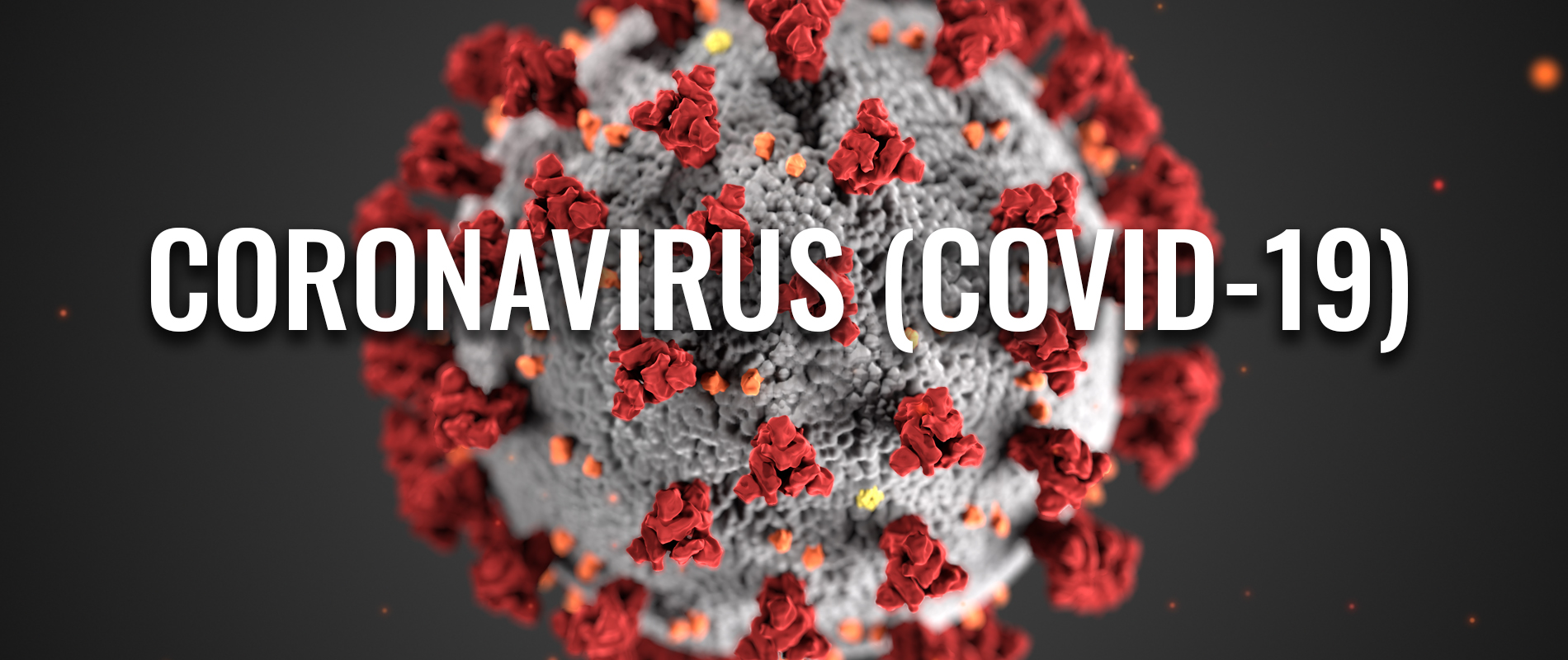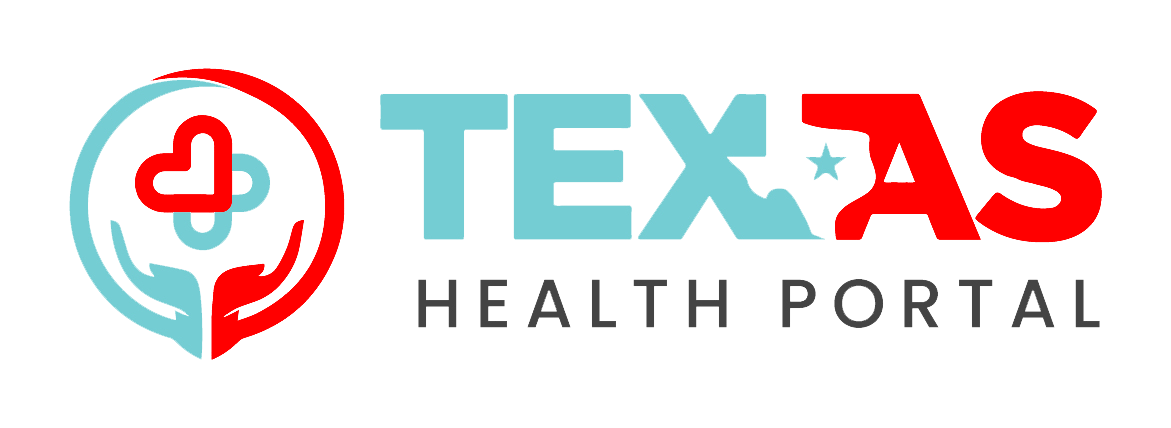What is COVID-19?
COVID-19 is a respiratory disease caused by SARS-CoV-2, a new coronavirus discovered in 2019. The virus is thought to spread mainly from person to person through respiratory droplets produced when an infected person coughs, sneezes, or talks. Some people who are infected may not have symptoms. For people who have symptoms, illness can range from mild to severe. Adults 65 years and older and people of any age with underlying medical conditions are at higher risk for severe illness.
PCR Testing - vs - Antibody Testing
PCR Diagnostic Testing
A PCR test can show if you have an active coronavirus infection and should take steps to quarantine or isolate yourself from others. Currently there are two types of diagnostic tests which detect the virus – molecular tests, such as RT-PCR tests, that detect the virus’s genetic material, and antigen tests that detect specific proteins on the surface of the virus.
Antibody Testing
This test checks for antibodies to COVID-19. If you’ve been exposed to COVID-19, your body produces antibodies as part of the immune response to the virus. This test cannot tell if you have an active infection. If you suspect you have COVID-19, follow up with your healthcare provider about getting a PCR test.
Who should get a COVID-19 antibody test?
Have been diagnosed with COVID-19, it has been at least 14 days since your diagnosis, and you want to know if you have antibodies.
Have had or suspect you’ve had COVID-19 but have not experienced any new symptoms in the past 10 days (these symptoms include cough, difficulty breathing, chills, repeated shaking with chills, muscle pain, headache, sore throat, or new loss of taste or smell).
Have had or suspect you’ve had COVID-19 but have not experienced a fever in the past 3 days.
Who should not get a COVID-19 antibody test?
Are feeling sick or have had a fever within the last 3 days.
Are trying to see if you have active COVID-19.
Have been diagnosed with COVID-19 less than 10 days ago.
Were directly exposed to COVID-19 with in the past 14 days.
Have a condition that weakens your immune system
Check for symptoms
People with COVID-19 have had a wide range of symptoms reported – ranging from mild symptoms to severe illness.
Symptoms may appear 2-14 days after exposure to the virus. People with these symptoms or combinations of symptoms may have COVID-19:
Cough
Shortness of breath or difficulty breathing
Or at least two of these symptoms:
- Fever
- Chills
- Repeated shaking with chills
- Muscle pain
- Headache
- Sore throat
- New loss of taste or smell
Children have similar symptoms to adults and generally have mild illness.
This list is not all inclusive. Please consult your medical provider for any other symptoms that are severe or concerning to you.
For more information, please visit cdc.gov
Who is at higest risk?
COVID-19 is a new disease and there is limited information regarding risk factors for severe disease. Based on currently available information and clinical expertise, older adults and people of any age who have serious underlying medical conditions might be at higher risk for severe illness from COVID-19.
Based on what we know now, those at high-risk for severe illness from COVID-19 are:
People 65 years and older
People who live in a nursing home or long-term care facility
People of all ages with underlying medical conditions, particularly if not well controlled, including:
People with chronic lung disease or moderate to severe asthma
People who have serious heart conditions
People who are immunocompromised
Many conditions can cause a person to be immunocompromised, including cancer treatment, smoking, bone marrow or organ transplantation, immune deficiencies, poorly controlled HIV or AIDS, and prolonged use of corticosteroids and other immune weakening medications
People with severe obesity (body mass index [BMI] of 40 or higher)
People with diabetes
People with chronic kidney disease undergoing dialysis
People with liver disease
For more information, please visit cdc.gov.
What is social distancing
Two people with masks on 6 feet apart
Social distancing, also called “physical distancing,” means keeping space between yourself and other people outside of your home. To practice social or physical distancing:
Stay at least 6 feet (about 2 arms’ length) from other people
Do not gather in groups
Stay out of crowded places and avoid mass gatherings
In addition to everyday steps to prevent COVID-19, keeping space between you and others is one of the best tools we have to avoid being exposed to this virus and slowing its spread locally and across the country and world.
When COVID-19 is spreading in your area, everyone should limit close contact with individuals outside your household in indoor and outdoor spaces. Since people can spread the virus before they know they are sick, it is important to stay away from others when possible, even if you have no symptoms. Social distancing is especially important for people who are at higher risk of getting very sick.
For more information, please visit cdc.gov.
WHERE CAN I GET TESTED FOR COVID-19?
Locations coming soon…

Find Answers on Coronavirus
Know how it spreads
- There is currently no vaccine to prevent coronavirus disease 2019 (COVID-19).
- The best way to prevent illness is to avoid being exposed to this virus.

- The virus is thought to spread mainly from person-to-person.
- Between people who are in close contact with one another (within about 6 feet).
- Through respiratory droplets produced when an infected person coughs, sneezes or talks.
- These droplets can land in the mouths or noses of people who are nearby or possibly be inhaled into the lungs.
- Some recent studies have suggested that COVID-19 may be spread by people who are not showing symptoms.
Avoid close contact
- Avoid close contact with people who are sick, even inside your home. If possible, maintain 6 feet between the person who is sick and other household members.
- Put distance between yourself and other people outside of your home.
- Remember that some people without symptoms may be able to spread virus.
- Stay at least 6 feet (about 2 arms’ length) from other people.
- Keeping distance from others is especially important for people who are at higher risk of getting very sick.
Cover coughs and sneezes
- If you are around others and do not have on your cloth face covering, remember to always cover your mouth and nose with a tissue when you cough or sneeze or use the inside of your elbow and do not spit.
- Throw used tissues in the trash.
- Immediately wash your hands with soap and water for at least 20 seconds. If soap and water are not readily available, clean your hands with a hand sanitizer that contains at least 60% alcohol.
Monitor Your Health
- Be alert for symptoms. Watch for fever, cough, shortness of breath, or other symptoms of COVID-19.
- Especially important if you are running essential errands, going into the office or workplace, and in settings where it may be difficult to keep a physical distance of 6 feet.
- Take your temperature if symptoms develop.
- Don’t take your temperature within 30 minutes of exercising or after taking medications that could lower your temperatu
Wash your hands often

- Wash your hands often with soap and water for at least 20 seconds especially after you have been in a public place, or after blowing your nose, coughing, or sneezing.
- If soap and water are not readily available, use a hand sanitizer that contains at least 60% alcohol. Cover all surfaces of your hands and rub them together until they feel dry.
- Avoid touching your eyes, nose, and mouth with unwashed hands.
Cover your mouth and nose with a cloth face cover when around others
- You could spread COVID-19 to others even if you do not feel sick.
- Everyone should wear a cloth face cover when they have to go out in public, for example to the grocery store or to pick up other necessities.
- Cloth face coverings should not be placed on young children under age 2, anyone who has trouble breathing, or is unconscious, incapacitated or otherwise unable to remove the mask without assistance.
- The cloth face cover is meant to protect other people in case you are infected.

- Do NOT use a facemask meant for a healthcare worker.
- Continue to keep about 6 feet between yourself and others. The cloth face cover is not a substitute for social distancing.
Clean and disinfect
- Clean AND disinfect frequently touched surfaces daily. This includes tables, doorknobs, light switches, countertops, handles, desks, phones, keyboards, toilets, faucets, and sinks.
- If surfaces are dirty, clean them. Use detergent or soap and water prior to disinfection.
- Then, use a household disinfectant. Most common EPA-registered household disinfectantsexternal icon will work.
